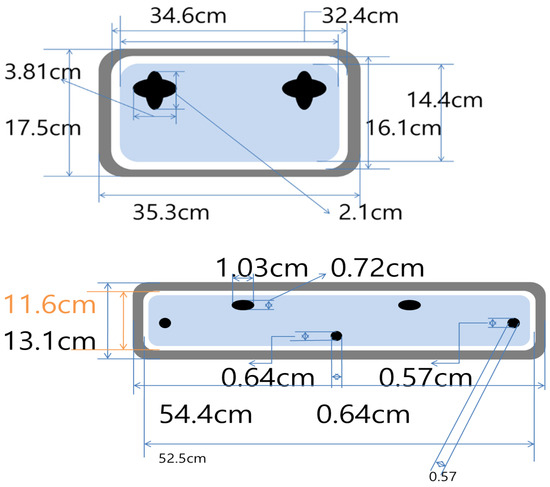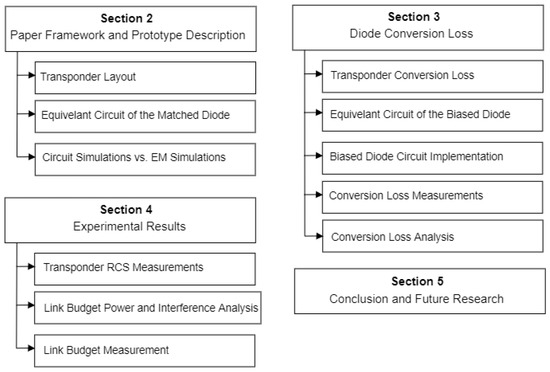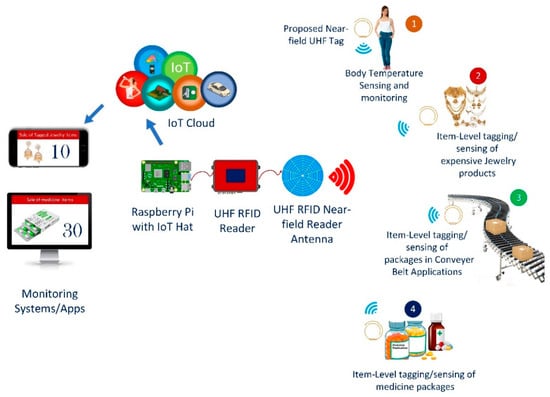Smart Sensing RFID Tags
A topical collection in Electronics (ISSN 2079-9292). This collection belongs to the section "Microwave and Wireless Communications".
Submission Status: Closed | Viewed by 19670Editors
Interests: RFID/NFC smart tags; printed electronics; flexible electronics; sensors and instrumentation; sensing platform; wireless communication; wearables; electronic skin (e-skin)
Special Issues, Collections and Topics in MDPI journals
Interests: printed flexible electronics; skin conformable sensors; memories; electronics; neuromorphic computing
Interests: colorimetry; colorimetric sensors; optical sensors; portable instrumentation; sensing platform; flexible electronics; smartphone analysis; wearables; microfluidic sensors
Topical Collection Information
Dear Colleagues,
We are pleased to announce this Topical Collection of the MDPI journal Electronics on “Smart Sensing RFID Tags”. The tracking and monitoring of environmental parameters of significant interest such as temperature, humidity, radiation, substance or gas concentration, among many others, is a growing demand in different sectors: from personal and clinic healthcare areas to food safety and industrial fields, including applications in the context of wireless sensor networks (WSNs) and the Internet of Things (IoT).
The development of smart sensing platforms that are selective, sensitive, with a fast response, low cost, low power consumption, and connected by means of wireless technologies such as radio frequency identification (RFID) or near field communication (NFC) is an option of great scientific and technological interest. Additionally, it is highly desirable to get the information directly from the sensor systems using general-purpose devices that are readily available to all. This combination leads to the next paradigm of smart products.
This Topical Collection focuses on novel wireless sensor systems in the form of smart RFID/NFC tags with feasibility to be used in a variety of fields, including but not limited to environmental assessment, healthcare monitoring and smart packaging applications.
Dr. Pablo Escobedo
Dr. Mahesh Soni
Prof. Dr. Nuria López Ruiz
Collection Editors
Manuscript Submission Information
Manuscripts should be submitted online at www.mdpi.com by registering and logging in to this website. Once you are registered, click here to go to the submission form. Manuscripts can be submitted until the deadline. All submissions that pass pre-check are peer-reviewed. Accepted papers will be published continuously in the journal (as soon as accepted) and will be listed together on the collection website. Research articles, review articles as well as short communications are invited. For planned papers, a title and short abstract (about 100 words) can be sent to the Editorial Office for announcement on this website.
Submitted manuscripts should not have been published previously, nor be under consideration for publication elsewhere (except conference proceedings papers). All manuscripts are thoroughly refereed through a single-blind peer-review process. A guide for authors and other relevant information for submission of manuscripts is available on the Instructions for Authors page. Electronics is an international peer-reviewed open access semimonthly journal published by MDPI.
Please visit the Instructions for Authors page before submitting a manuscript. The Article Processing Charge (APC) for publication in this open access journal is 2400 CHF (Swiss Francs). Submitted papers should be well formatted and use good English. Authors may use MDPI's English editing service prior to publication or during author revisions.
Keywords
- Radio frequency identification (RFID) sensing tags
- near field communication (NFC) sensing tags
- energy harvesting
- smartphone-based system
- wireless sensing platform
- portable instrumentation
- printed electronics
- flexible electronics
- printed sensors
- wireless biosensors
- primary (self) healthcare
- skin-conformable












